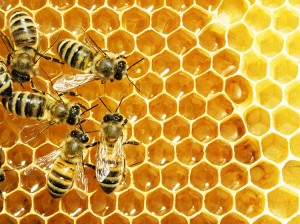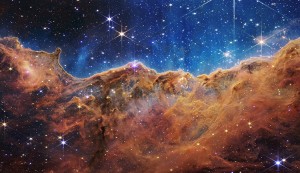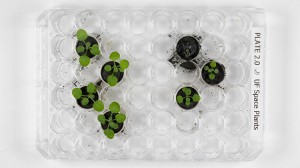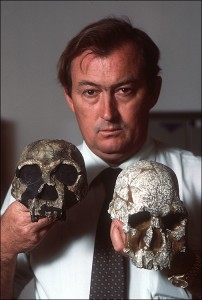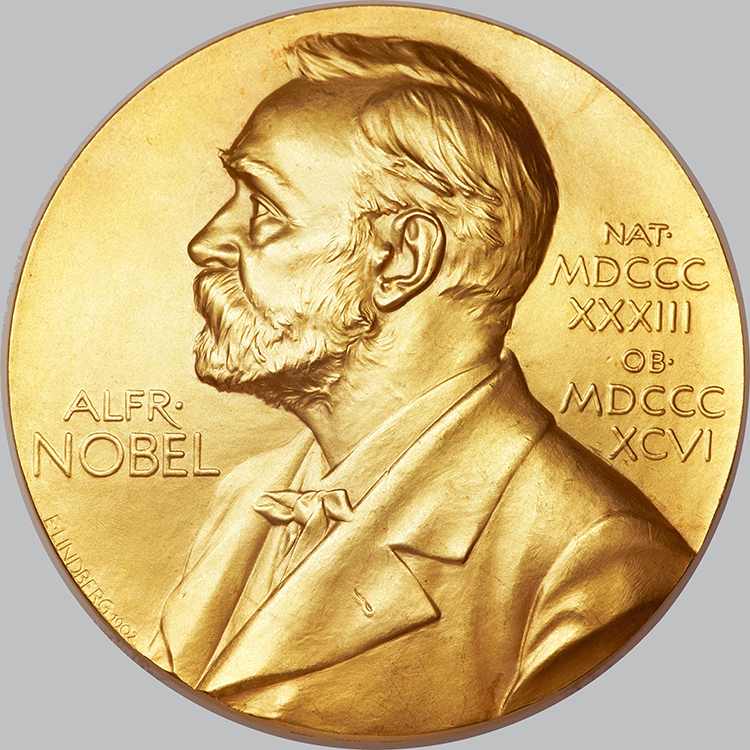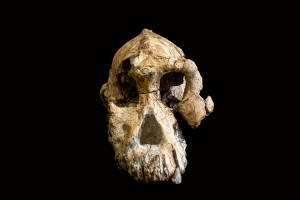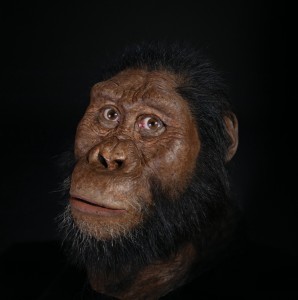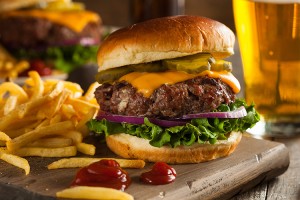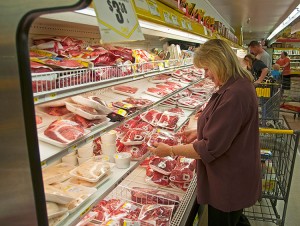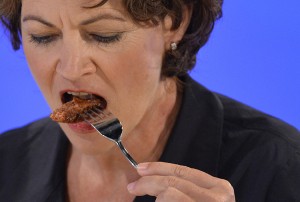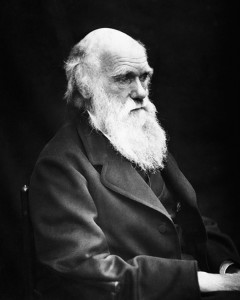The Tail of the Black Cat
Monday, October 30th, 2023
There are over 11 breeds of cats that can have black fur. The American shorthair, Bombay, British shorthair, Chantilly-Tiffany, Cornish Rex, Maine Coon, and Persian breeds are the most popular black cats.
Credit: © Eric Isselee, Shutterstock
It’s almost Halloween! Black cats are everywhere in Halloween decorations and movies. They are said to bring bad luck if you cross paths with them. But how did black cats become linked with the spooky, scary and unlucky? Somehow black cats got wrapped up in superstitions, joining ladders, spilled salt, broken mirrors, and open umbrellas indoors. However, in many cultures throughout history, black cats have been considered good luck.
There are over 11 breeds of cats that can have black fur. The American shorthair, Bombay, British shorthair, Chantilly-Tiffany, Cornish Rex, Maine Coon, and Persian breeds are the most popular black cats. Cats are a favorite pet of people around the world. Cats are intelligent and have an independent nature. These small animals can also be playful and entertaining. Many cats make affectionate, loyal pets, providing companionship for people of all ages. Tens of millions of cats are kept as pets worldwide. Surprisingly, cats were not always popular pets!
In Europe during the Middle Ages, the cat was considered a symbol of evil. Superstitious people associated the cat with witchcraft and the Devil. For this reason, people killed hundreds of thousands of cats. Although all cats were thought to be evil, black cats with their mysterious black fur contrasting with their yellow eyes were thought to be more evil than other cats. Black cats were believed to gather around witches, a superstition that stuck around for many years.
Experts believe that the destruction of so many cats led to a huge increase in the rat population of Europe and contributed to the spread of the Black Death, an epidemic of plague. This disease is transmitted to people by rat fleas. In the 1300′s, it killed from one-fourth to one-half of the people who lived in Europe. By the 1600′s, Europeans had begun to realize once again the importance of cats in controlling rodents. Cats gradually regained popularity. European explorers, colonists, and traders brought domestic cats to the New World during the 1600′s and 1700′s. Throughout the 1800′s, settlers took cats with them as they moved westward. Most cats in the United States and Canada today are descendants of these cats.
It is also said that in parts of in England, Ireland, Japan, and Scotland black cats were considered good luck. They were thought to bring prosperity and even love. Sailors often brought cats on ships to kill mice and rats that stowaway and eat their food supplies. They believed black cats brought good weather and a safe return home. They favored them over other kinds of cats.
Long before the Middle Ages, Egyptians worshiped Bastet, a cat goddess in the mythology of ancient Egypt. By about 1000 B.C., keeping cats as house pets became common. By this time, Bastet was usually represented as a woman with a cat’s head. Bastet became associated with fertility, love, and motherhood as her worship spread to other places in Egypt. She often carried a sistrum. The sistrum is a sacred rattle believed to keep evil away. Egyptians revered darker cats due to their resemblance to Bastet.
Black cats help scientists understand diseases. Researchers at the National Institute of Health discovered that black cats have genetic mutations that can make them disease resistant. Cats can get the same diseases that humans do including Alzheimer’s and cancer. Scientists study black cats to learn how to prevent and fight off these diseases in humans. Seems like black cats are pretty helpful!


